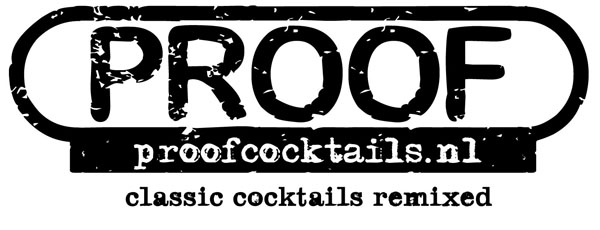
Newbury + Mr. Boston Bartender’s Guide.
Recently a good friend* lent me his 1941 Old Mr. Boston Bartender’s Guide an iconic tome that has been in print continuously since 1935. I got my first (2006) copy as a gift in the naughties and it wasn’t great; full of terrible recipes and gaudy illustrations but with a few almost correct classic recipes hidden between. With its continuous updates it is often said that Mr. Boston is something of a window into what the average American is imbibing at the time of publication. There might be something to that but I reckon any given printing is ten of more years behind the times with my 1941 copy looking decidedly late 20s – early 30s*** and my more modern copy being solidly grounded in The Dark Ages of the 1990s. I understand things have improved since and, while I can’t quite bring myself by buy another one, the website certainly looks more encouraging. What the ‘41 copy told me was that the guide was originally published to push the Old Mr. Boston brand of label engineered spirits which I hadn’t until now realised. This is seldom a good thing as it tends to skew recipes in the direction of the spirits being pushed but at least the ‘41 still seems fairly honest. In content, the ‘41 shows some progression over the likes of the Savoy cocktail book of 1930 in that it gives recipes largely in specific amounts rather than proportions yet there isn’t too much progression in the components of drinks themselves with most reliant on spirits, vermouth, curacao and eggs. Not yet into the modern era but slowly getting there.
Newbury.

While interesting enough my trawl through these prosaic pages was not yielding much to write about until I noticed the Newbury. What caught by interest is that the drink, being as it is a tweaked Gin and It, specifically called to be shaken with cracked ice with lemon peel in the shaker. So a regal style cocktail but 85 years ago. Score! Would it be any good? Let’s see. Made as written the Newbury was quite small with just an ounce each of vermouth and gin so I upped everything by an extra 50%. And it rocked. It’s quite amazing how much lemony bitterness that swathe (also extended proportionally) and an orange garnish adds to a simple sweetened Gin and It. The balance is bang-on although my use of the bittered Punt e Mes vermouth certainly helped. I busted open my Savoy*** to discover the Newbury already existed in 1930 – and also that the Savoy calls for the orange peel also to been shaken. Interesting. Regals are almost 100 years old! The Newbury is certainly not a well known cocktail but it does show up from time to time but with all of them losing the point by either only using the lemon as a garnish or using triple sec instead of curacao (one even uses blue curacao FFS). The Newbury has disappeared by the 2006 edition of Mr. Boston (the “Old” having being dropped at some point) but still appears on their website which also has a useful “time machine” function where we can see things going wrong in slow motion as between the 1957 and 1960 editions the Newbury cocktail goes from shaken to stirred. And this is how great cocktails die. And why old cocktail books are so important. So finally I present the Newbury cocktail restored to the way it was meant to be in its finest days:
Newbury (1941 version).
1.5oz / 45ml Dry gin.
1.5oz / 45ml Italian vermouth (I went Punt e Mes).
1.5 teaspoons of curacao – NOT blue 😉
Long swathe of thinly cut fresh lemon peel.
Shake hard with ice and strain into a chilled cocktail glass. Garnish with a swathe of orange peel twisted or rubbed over the glass if you desire.
Toast Mr. Boston (1935-?) whoever he was!
*Thanks Anthony!
**Evidenced by and almost complete lack of early tiki drinks for example.
***It’s also clear that Mr Boston leans quite heavily on the Savoy for its recipes.





















Recent Comments